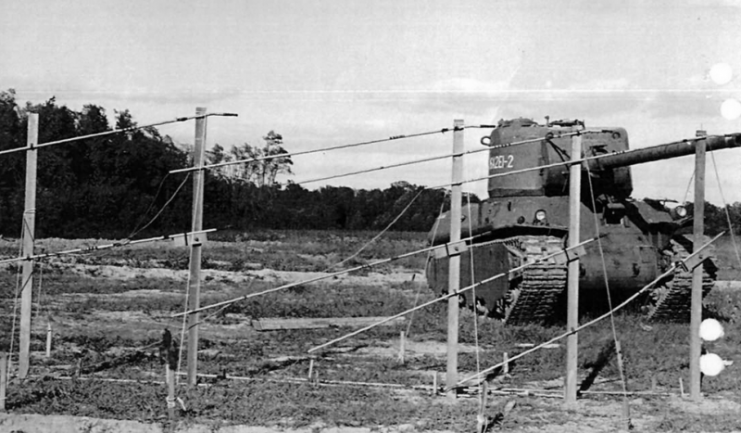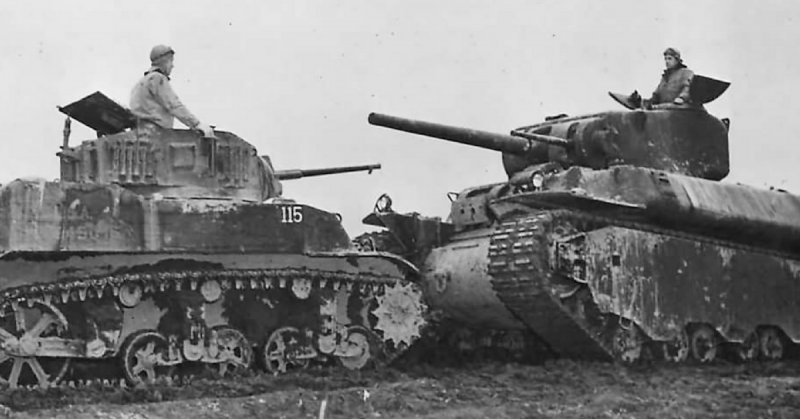The M6 heavy tank was designed and built by the United States during World War II. Prior to World War II, the U.S. had a very low budget for tanks. However, between 1939 and 1940, Germany successfully made use of armored vehicles, inadvertently prompting the U.S. to initiate a number of tank programs in response, including a heavy tank program.
On the 20 May 1940, after an endorsement from the Chief of Infantry, the U.S. Ordnance Corps began work on what was intended to be a dual turret design with T6 75mm guns. It was the first variant of the M6, but was never built. Instead, it was replaced by a single, three-man turret design with one 76.2mm gun, and was built by Baldwin Locomotive.
The tank weighed 126,543 pounds when loaded for combat, and was 27.6 feet long, 10.2 feet wide, and 9.8 feet high. It had armor that varied from 1-3.3″ thick.
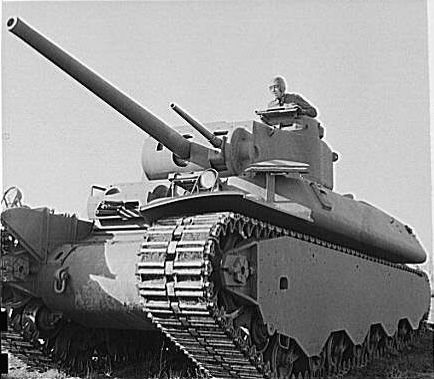
Its main guns were a 76.2mm Gun M7 and a 37mm Gun M6. The secondary armament comprised two .50 caliber Browning M2HB and two .30 caliber Browning M19194A guns. When fully loaded for battle, its ammunition included 75 units of 76mm projectiles, 202 units of 37mm projectiles, 6,900 units of .50 caliber ammunition, and 5,500 units of .30 caliber ammunition.
The M6 Heavy Tank could run at a speed of 21.7 miles per hour.
The crew consisted of six men: the commander, gunner, loader, driver, assistant driver, and an extra crew member.
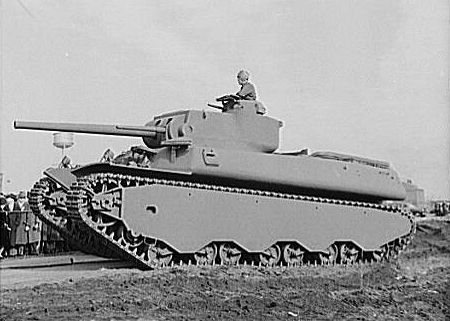
The driver was seated at the left front of the hull, the assistant driver to his right, and all other crew members in the turret and middle of the hull. The bow gunner was charged with operating the two .50 caliber heavy machine guns in the front hull, while the driver had controls for the twin, fixed .30 caliber machine guns.
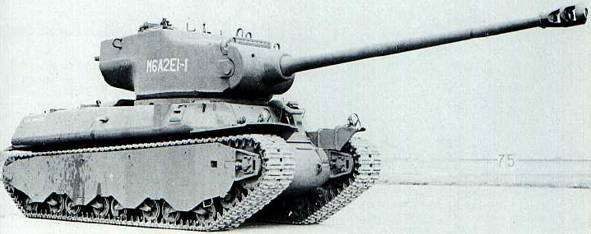
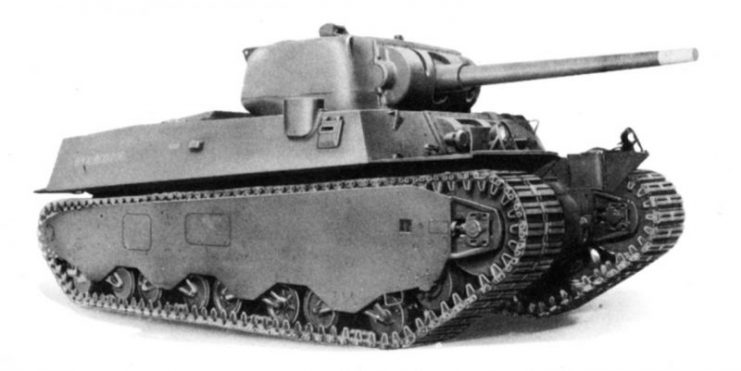
Three prototypes of this tank were built between 1941 and 1942. By December 1942, the U.S. was fully immersed in WWII and soon realized that the M6 was not what it needed for the war.
A military program for medium tanks was then initiated, and resulted in the production of the M3 Lee/Grant which was later phased out by the mass production of the M4 Sherman and eventually the M26 Pershing. As a result of this, the M6 was not produced in large numbers and never saw battle.
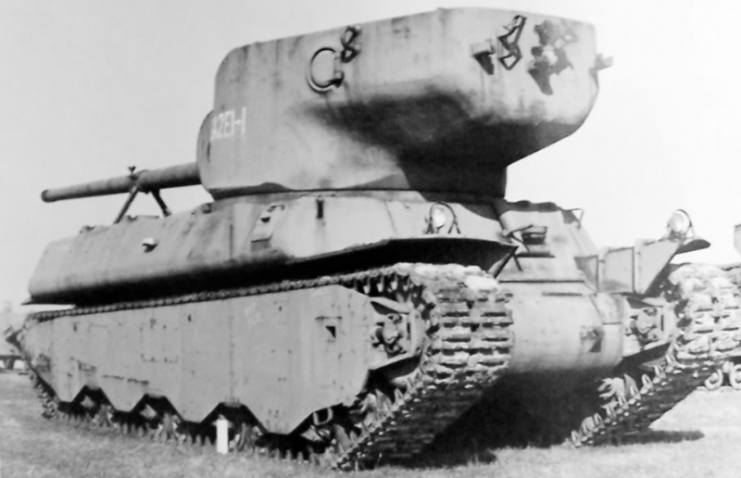
Its only use was in military training, movies, and propaganda. It was eventually declared obsolete on 14 December 1944 after 6 prototypes and 40 units had been produced. Only a single unit of the T1E1 variant remains on display at the United States Army Ordnance Museum in Aberdeen, Maryland.
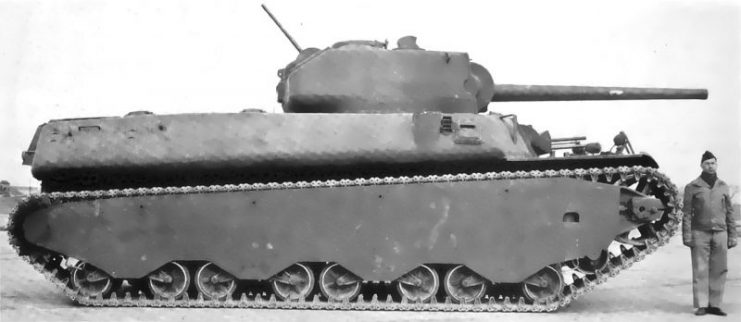
The M6 started off originally as Heavy Tank T1, and later became The Heavy Tank M6 with these variants:
The T1, designed with a cast hull construction and hydramatic transmission system. It was never produced.
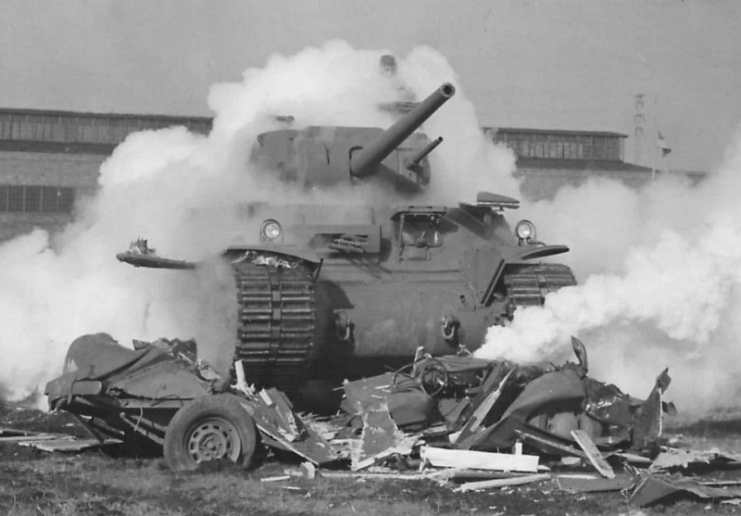
The T1E1, designed with a cast hull construction and electric transmission system. Only 20 units were produced.
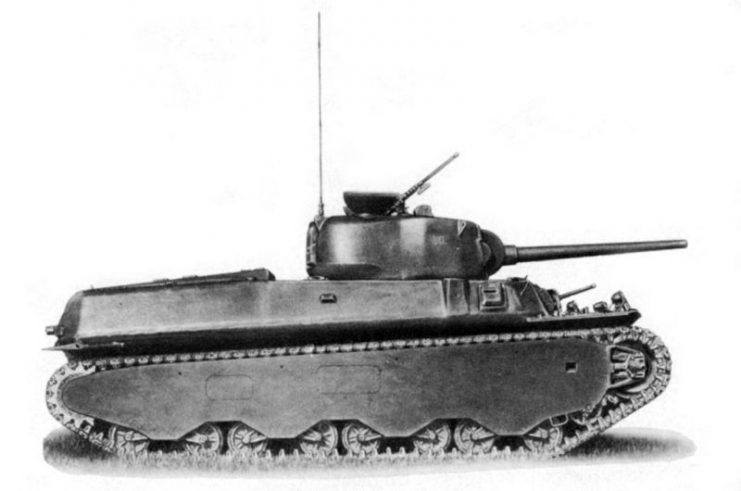
The T1E2, designed with a cast hull construction and torque converter transmission system. Only 8 units were produced.
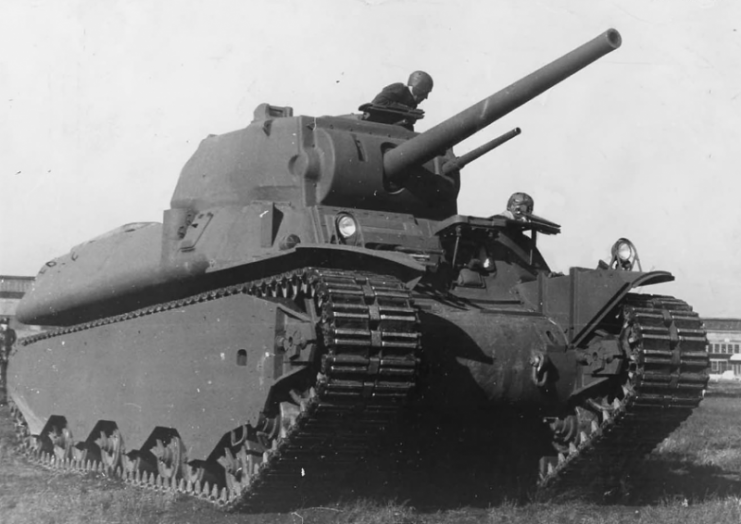
T1E3, which was the first design with a welded hull construction and a torque converter transmission system. Only 12 units were produced.
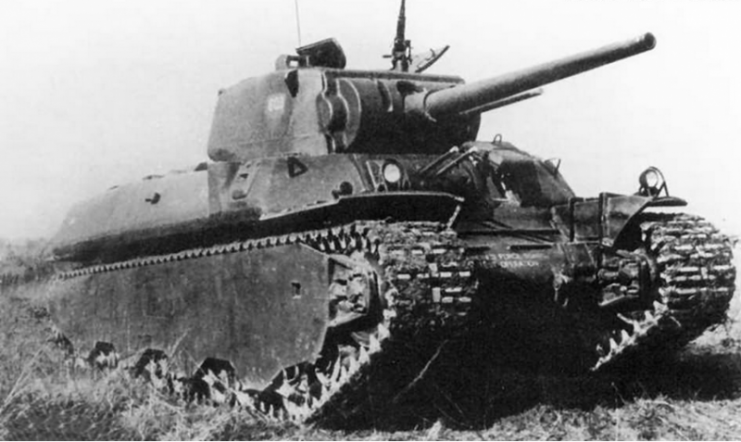
T1E4, designed with a welded hull construction and hydramatic transmission system. It was never produced.
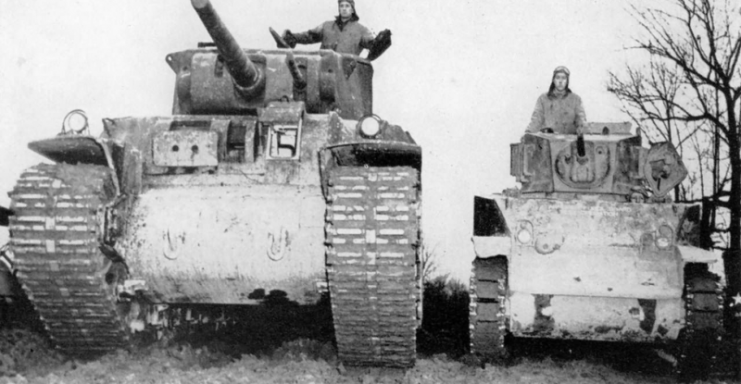
M6A2E1 was only a proposed design, to be protected by about 7.5″ of armor at its thickest point and to be fitted with a 105mm T5E1 main gun in a new turret assembly. However, just like some of its siblings, it was never produced.
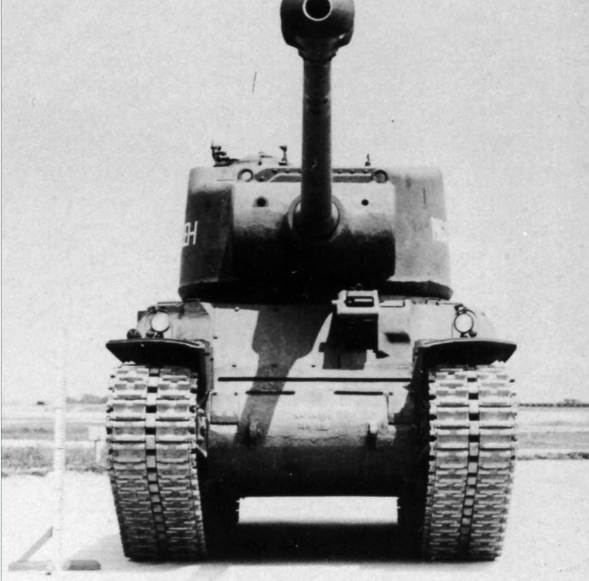
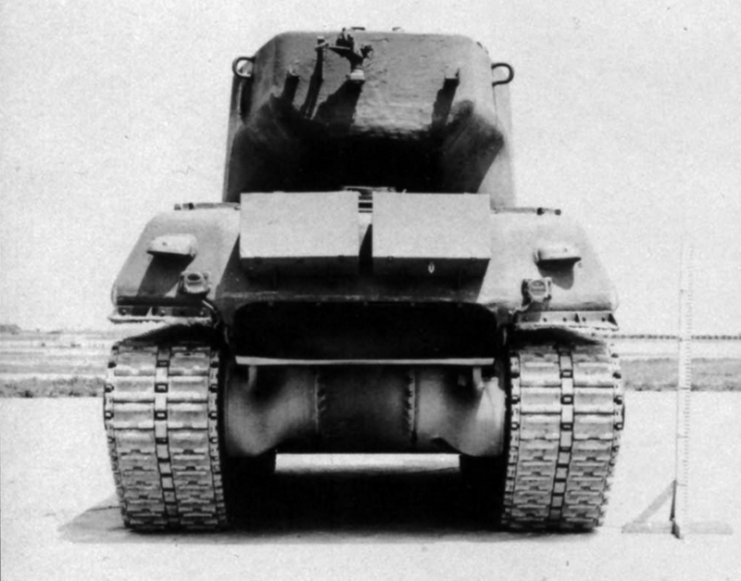
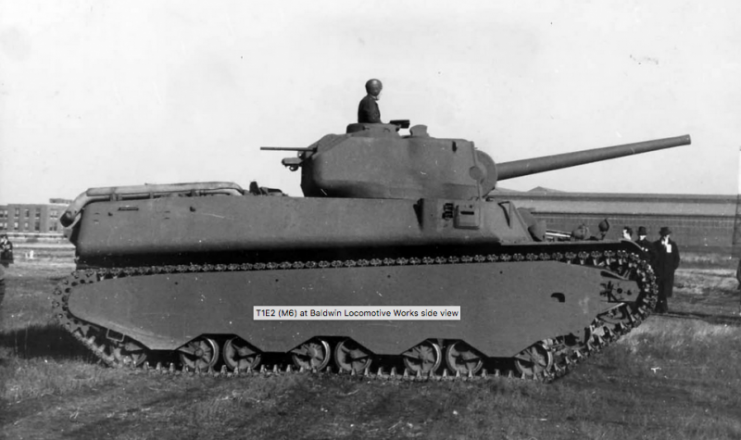
Read another story from us: German Heavy Tank Destroyers At The End of WWII
